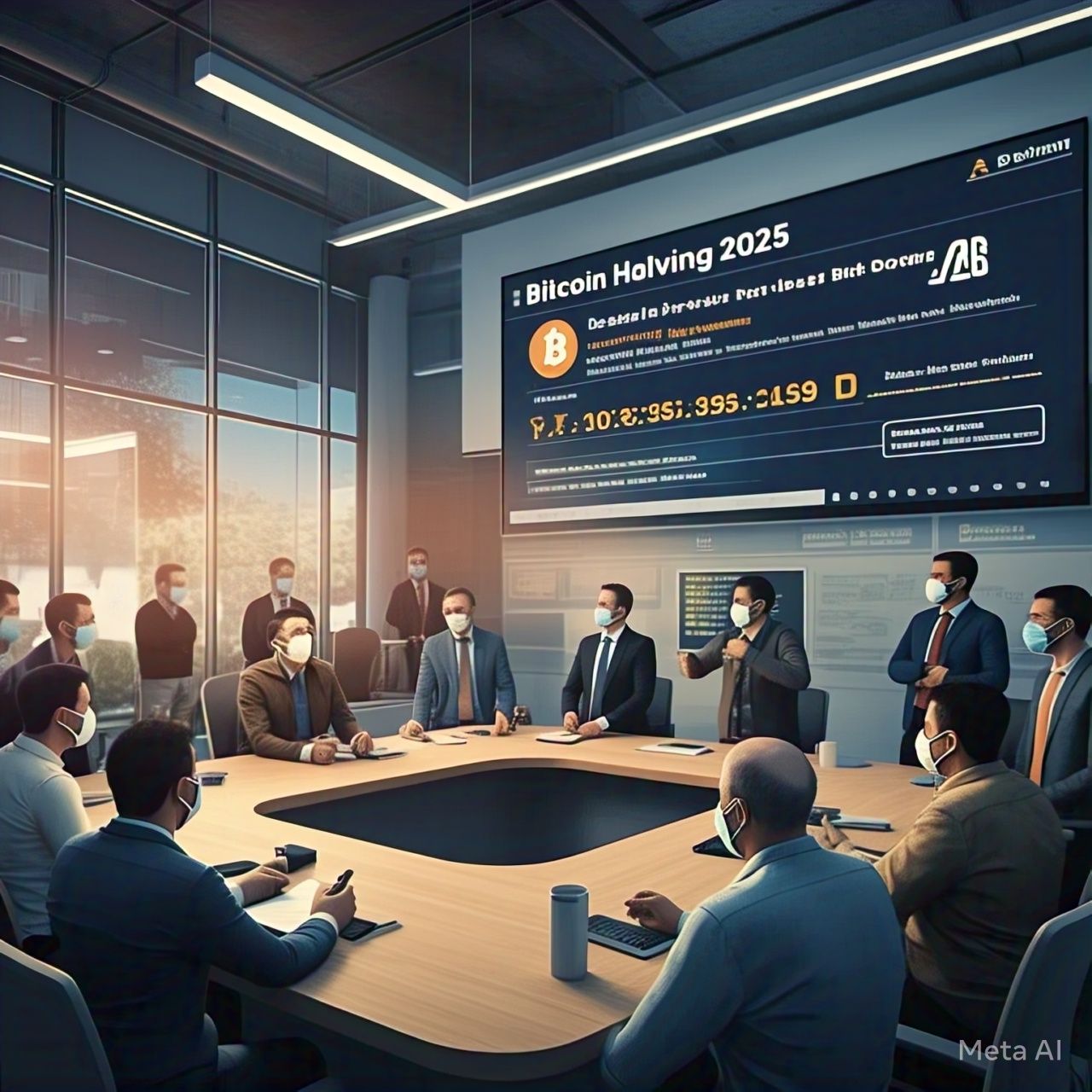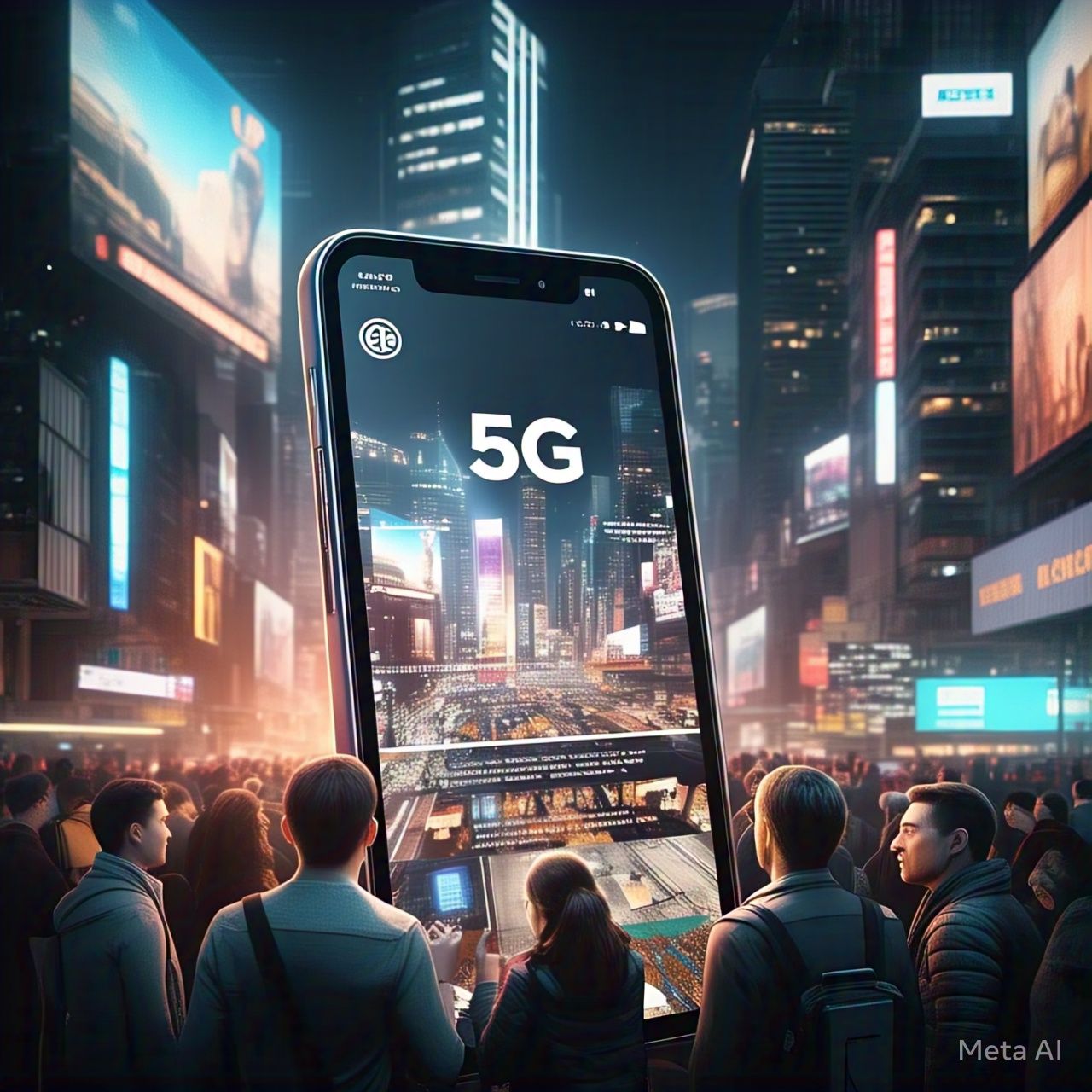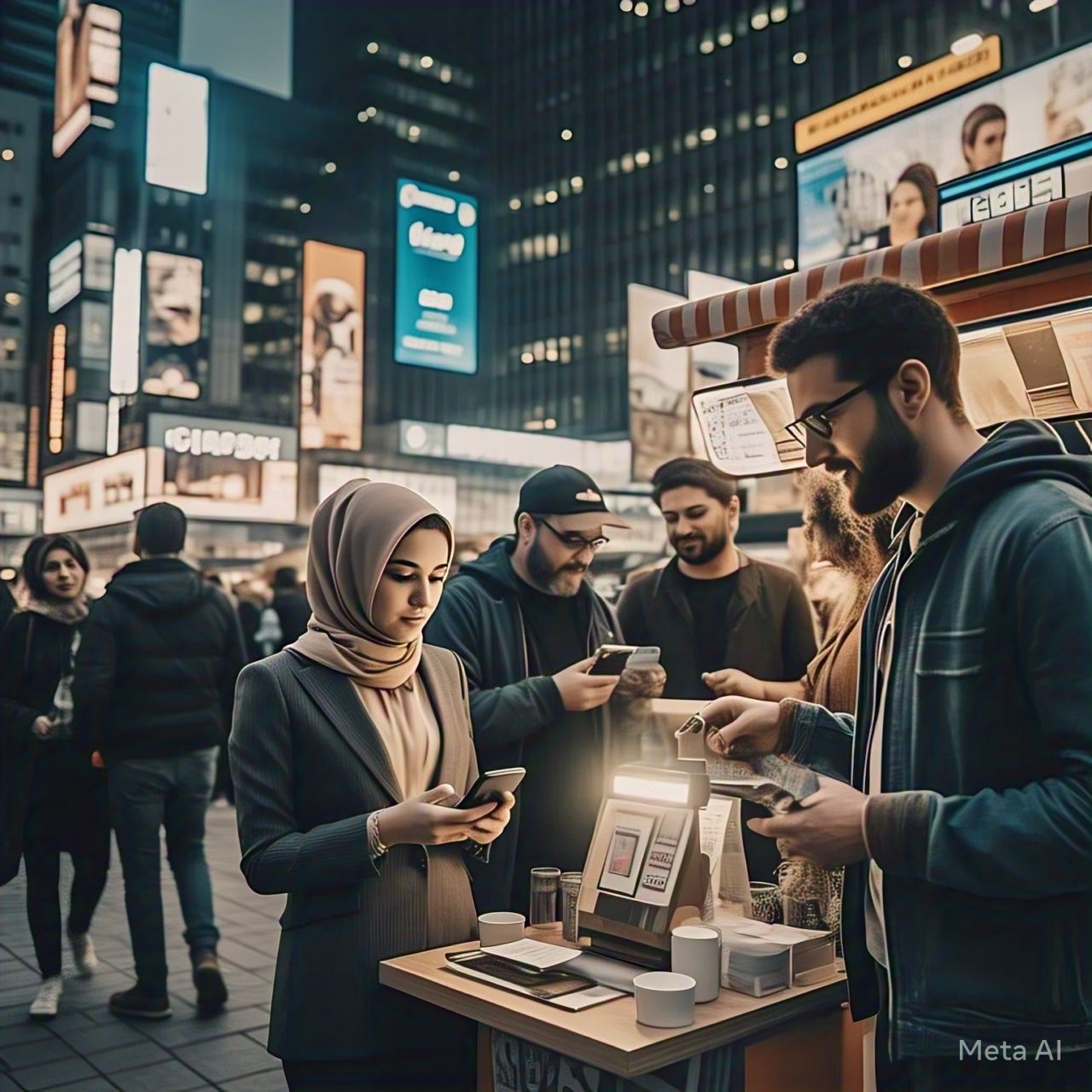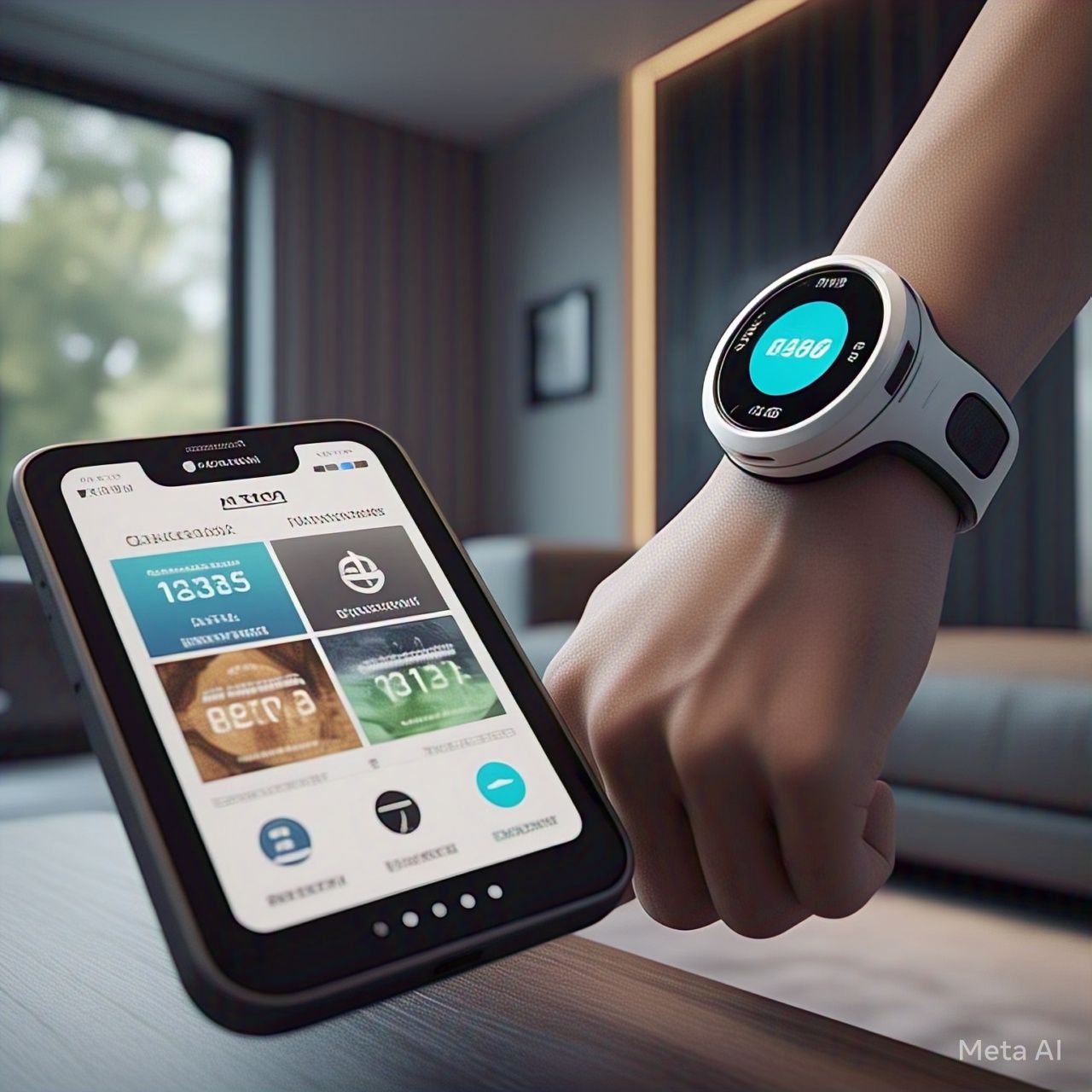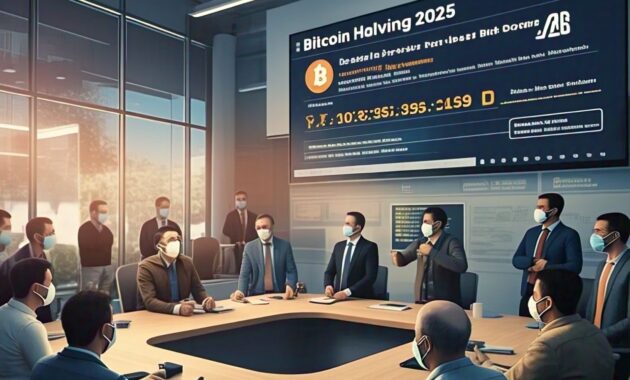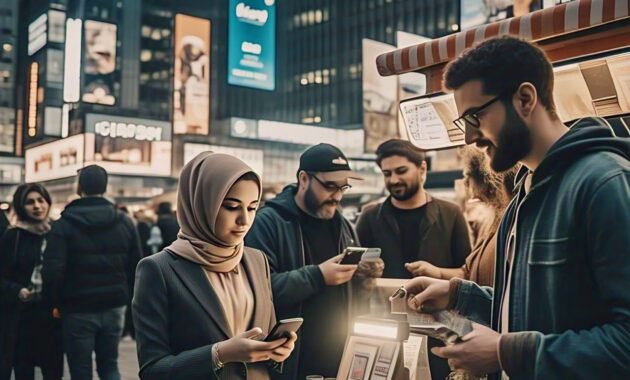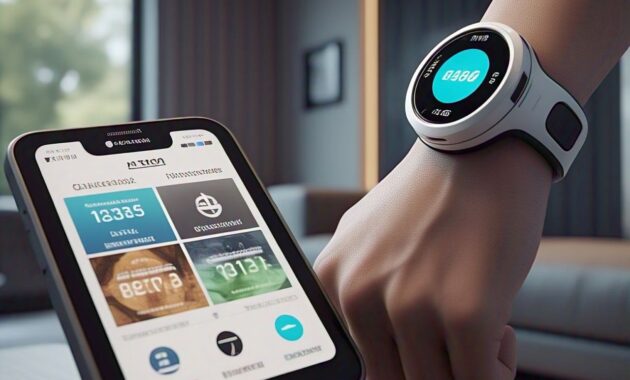With the rise of smartphones and fast internet connectivity, mobile commerce (mCommerce) has become a dominant force in the retail and eCommerce industries. mCommerce refers to the buying and selling of goods and services through mobile devices, including smartphones and tablets. As consumer behavior shifts toward convenience, businesses are leveraging advanced technologies like AI, AR, blockchain, and 5G to enhance the mobile shopping experience.
Innovations in mCommerce are reshaping the way people browse, shop, and pay online, offering seamless transactions, personalized recommendations, and immersive digital experiences. From mobile wallets to social commerce, businesses are continuously evolving to meet customer expectations and drive sales.
In this article, we will explore:
✔ The growth of mCommerce and its impact on retail
✔ Key innovations transforming mobile shopping
✔ Industries benefiting from mCommerce advancements
✔ Challenges in mobile commerce adoption
✔ Future trends and the next evolution of mCommerce
The Growth of mCommerce and Its Impact on Retail
Over the past decade, mCommerce has seen exponential growth due to the increasing adoption of smartphones, digital wallets, and mobile-first shopping experiences.
Key Statistics on mCommerce Growth
📱 Mobile shopping accounts for over 73% of global eCommerce sales.
💳 More than 2 billion people use mobile payments worldwide.
🚀 The global mCommerce market is projected to reach $6.9 trillion by 2028.
📊 Mobile conversion rates are 64% higher than desktop transactions.
These statistics highlight the growing dominance of mobile shopping and the importance of businesses adapting to mobile-friendly strategies.
Key Innovations Transforming Mobile Commerce
1. Mobile Wallets & Contactless Payments
The rise of digital wallets and contactless payments has revolutionized mobile transactions, making purchases faster, safer, and more convenient.
🔹 Examples:
Apple Pay, Google Pay, Samsung Pay – Secure, one-tap transactions via NFC (Near Field Communication).
QR Code Payments – Popular in regions like China and India, with apps like WeChat Pay and Alipay.
Buy Now, Pay Later (BNPL) – Services like Klarna and Afterpay allow users to split payments into installments.
💡 Impact: Digital wallets reduce checkout friction, improving conversion rates and customer satisfaction.
2. Augmented Reality (AR) Shopping
Augmented Reality (AR) enhances mobile shopping by allowing users to visualize products in real life before purchasing.
🔹 Examples:
IKEA Place – Allows customers to see how furniture fits in their home before buying.
L’Oréal Virtual Try-On – Lets users try different makeup shades using AR-powered face tracking.
Nike Fit – Uses AR to measure foot size and recommend the perfect shoe fit.
💡 Impact: AR shopping increases customer confidence, reduces returns, and enhances user engagement.
3. Voice Commerce & AI Assistants
With the rise of smart voice assistants, voice commerce (vCommerce) is becoming a popular way to shop hands-free.
🔹 Examples:
Amazon Alexa & Google Assistant – Allow users to order groceries, gadgets, and household items using voice commands.
Walmart Voice Order – Enables customers to add items to their cart through voice assistants.
💡 Impact: Voice commerce makes shopping faster and more convenient, especially for reordering essentials.
4. AI-Powered Personalization & Chatbots
Artificial Intelligence (AI) helps businesses deliver personalized shopping experiences through recommendation engines and AI chatbots.
🔹 Examples:
Amazon & Netflix AI algorithms – Analyze shopping behavior to provide personalized product recommendations.
AI Chatbots (H&M, Sephora, eBay ShopBot) – Offer instant customer support and product suggestions.
💡 Impact: AI-driven personalization increases engagement, customer loyalty, and conversion rates.
5. Social Commerce (sCommerce)
Social commerce combines social media and eCommerce, allowing users to buy products directly from social media platforms.
🔹 Examples:
Instagram Shopping & Facebook Marketplace – Enable users to shop directly from social media posts.
TikTok Shop & Pinterest Shopping Pins – Let influencers promote and sell products through engaging content.
💡 Impact: Social commerce shortens the buying journey, making shopping more interactive and seamless.
6. Progressive Web Apps (PWAs) for Mobile Shopping
Progressive Web Apps (PWAs) combine the speed of a mobile app with the flexibility of a website, improving the user experience.
🔹 Examples:
AliExpress & Flipkart – Use PWAs to offer faster page loading and offline browsing.
Twitter Lite & Uber – Provide app-like experiences without needing a full app download.
💡 Impact: PWAs enhance website performance, reduce app development costs, and improve customer retention.
7. Blockchain & Cryptocurrency Payments
Blockchain technology is enabling secure, transparent, and decentralized transactions in mCommerce.
🔹 Examples:
Bitcoin, Ethereum, and stablecoins – Accepted by retailers like Tesla, Shopify, and Overstock.
NFT-based shopping experiences – Brands like Nike and Adidas use blockchain for digital fashion and collectibles.
💡 Impact: Blockchain ensures fraud-proof transactions, faster payments, and greater transparency in mobile commerce.
Industries Benefiting from mCommerce Innovations
1. Retail & Fashion 🛍️
Mobile-first shopping apps improve customer convenience.
Virtual try-ons & AI styling assistants enhance the online shopping experience.
2. Grocery & Food Delivery 🍕
Instant mobile ordering via apps like UberEats, Instacart, and DoorDash.
AI-driven recommendations suggest meal planning options.
3. Travel & Hospitality ✈️
One-tap mobile booking & e-tickets for flights and hotels.
Personalized AI travel planners suggest itineraries based on preferences.
4. Finance & Banking 💳
Mobile banking & investment apps allow secure transactions.
Cryptocurrency wallets enable seamless global payments.
Challenges in mCommerce Adoption
Despite its rapid growth, mCommerce faces several challenges:
1. Security Concerns 🔐
Mobile transactions are vulnerable to hacking, fraud, and phishing attacks.
Solution: Stronger biometric authentication, encryption, and two-factor authentication (2FA).
2. Mobile App Performance & UX Issues 📱
Slow-loading apps and poor navigation lead to cart abandonment.
Solution: Optimized PWAs and responsive design for faster performance.
3. Payment & Checkout Friction 💳
Complicated checkout processes reduce conversion rates.
Solution: One-click checkout, digital wallets, and guest checkout options.
Future Trends in mCommerce Innovations
🔹 5G-Powered Shopping Experiences – Ultra-fast speeds will enable real-time AR shopping and seamless transactions.
🔹 Metaverse Shopping – Virtual shopping malls and AI-powered fashion advisors in the metaverse.
🔹 Subscription-Based Shopping Models – More brands will offer auto-replenishment and personalized subscription services.
🔹 IoT-Powered Shopping – Smart fridges and wearables will automatically reorder groceries and essentials.
🔹 Biometric & Facial Recognition Payments – Payments through face scans and voice authentication.
Conclusion
mCommerce is revolutionizing the way people shop, offering convenience, speed, and personalized experiences through innovations like AI, AR, voice commerce, and blockchain payments. As technology advances and consumer preferences shift, businesses must adapt to mobile-first strategies to stay competitive.
With upcoming trends like metaverse shopping, IoT commerce, and AI-powered automation, the future of mCommerce is brighter than ever!




